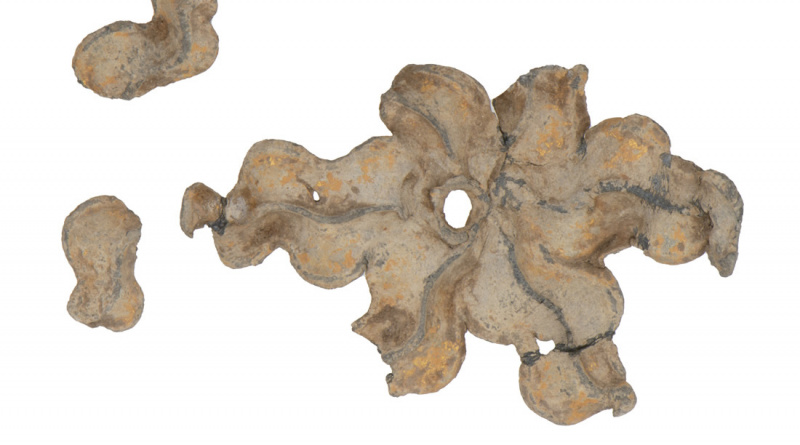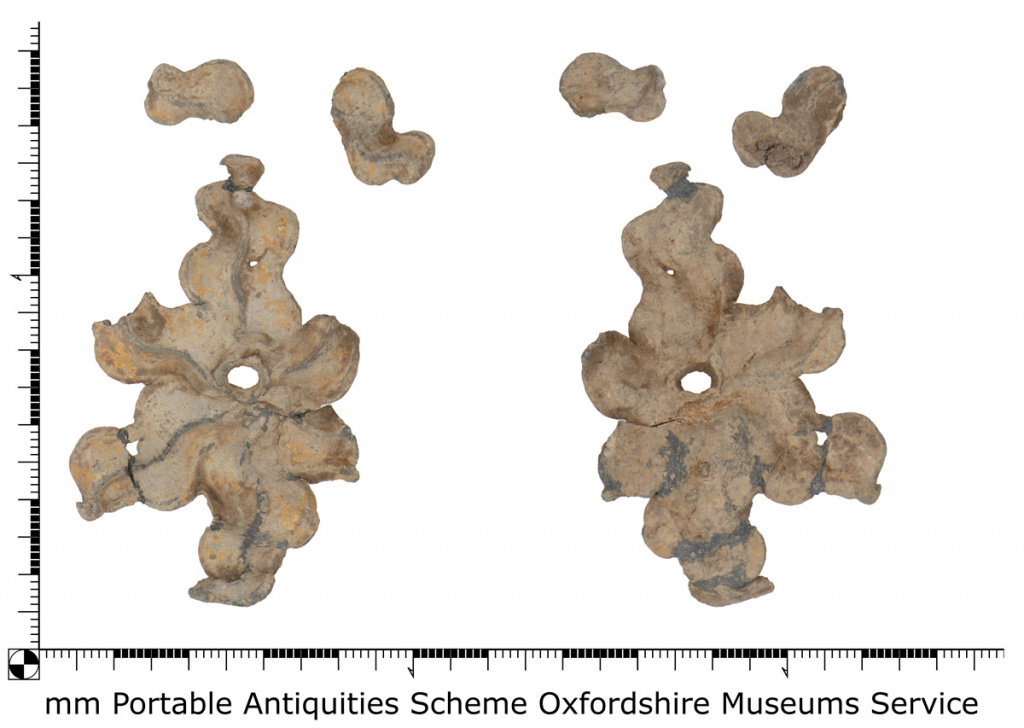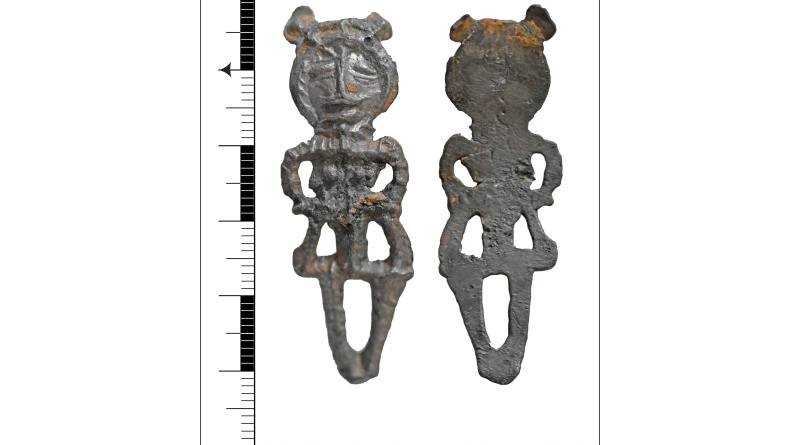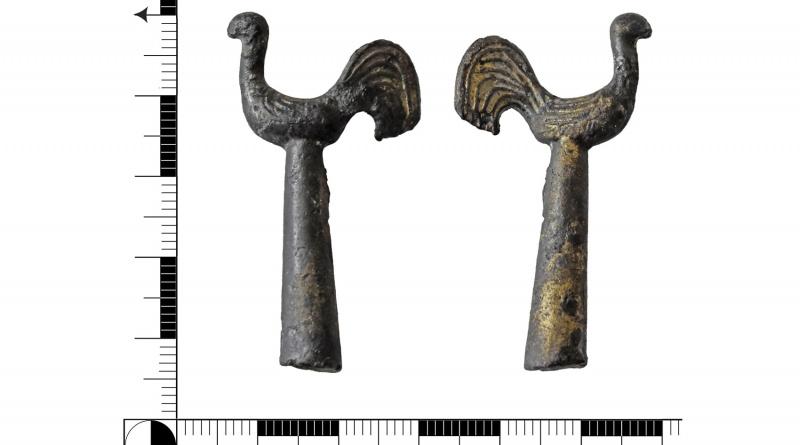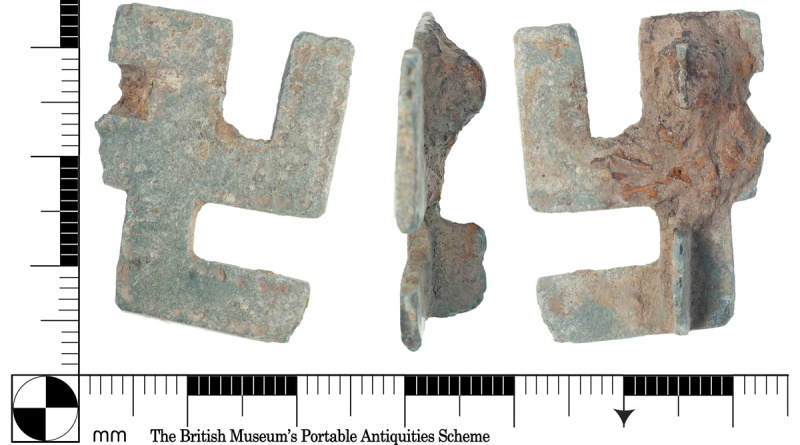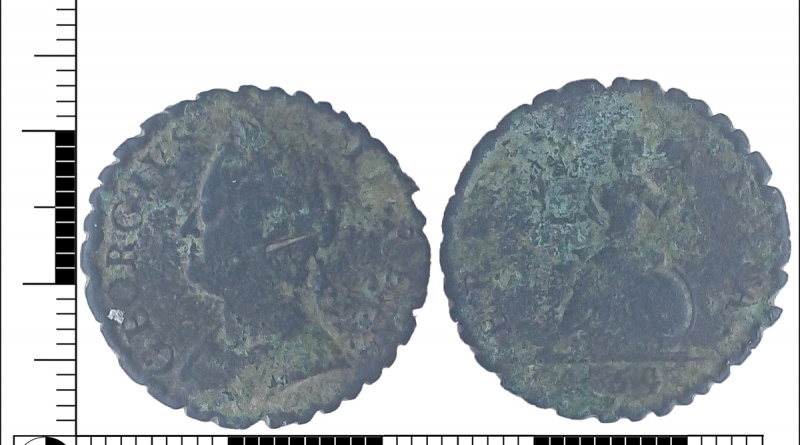PAS Finds: week ended 3 June 2022
PAS Finds: week ended 3 June 2022
My selection of the detecting finds recorded at the PAS for the week ended 3 June 2022.
Featured Find
Medieval star ceiling decoration
A Medieval lead mount in the form of a star which was probably a ceiling decoration. A ceiling decorated with stars is a frequent design in buildings associated with many faiths and cultures, with the earliest know example being from the 2nd century BC. The use of lead star-shaped mounts probably dates from about the middle of the 14th century. The use of these stars in the rooms of various buildings lead to these rooms being known as the Starred Chamber.
Star chamber at Ordsall Hall
The manor of Ordsall Hall in Lancashire came into the possession of the Radclyffe family in about 1335 and in 1360, Sir John Radclyffe built the Star Chamber. It is suggested that this room was used to conduct official business including small court cases1 Stars of about the same size as this find adorn the ceiling.
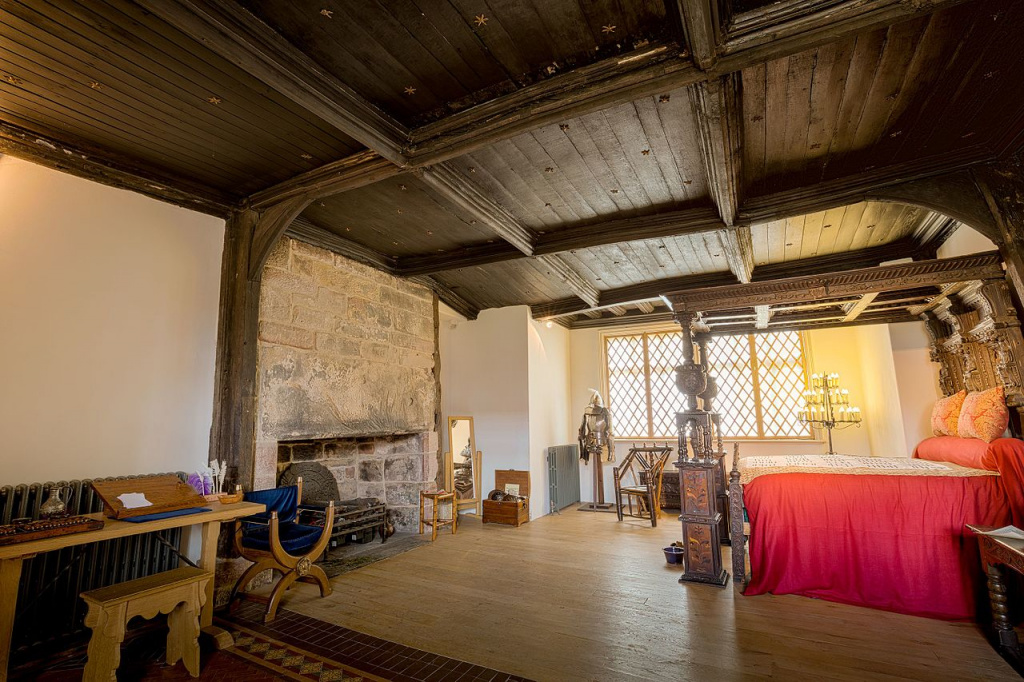
Local legend has it that Guy Fawkes hatched the Gunpowder plot of 1605 in this room. There’s some circumstantial support for the theory but no firm evidence.2
Star Chamber at Bolsover Castle

The ceiling in the Star Chamber at Bolsover has been restored in 2000 to what it was like when built in the early 17th century. It is suggested that it is called the Star Chamber because that’s the name an auditor gave it when doing an inventory after the death William Cavendish, who had it built, in 1676.3
Star chamber at the Palace of Westminster
The most famous use of the term Star Chamber is to an English court of justice that sat at the Palace of Westminster in the 15th to 17th century. It’s name also probably comes from the stars on the ceiling of the chamber. Although its origins are not certain, it is during the reign of Edward III (1312 – 1377) that first mention is made of a chambre de estoiles from which members of the King’s Council would exercise jurisdiction.4
Although the court was initially well regarded it later began to impose arbitrary judgements and gruesome punishments and was abolished by the Habeas Corpus Act of 1640.
Ceiling moved to Leasowe Castle
When the chamber was demolished in the 19th century, the ceiling was moved to Leasowe Castle on the Wirral peninsular.
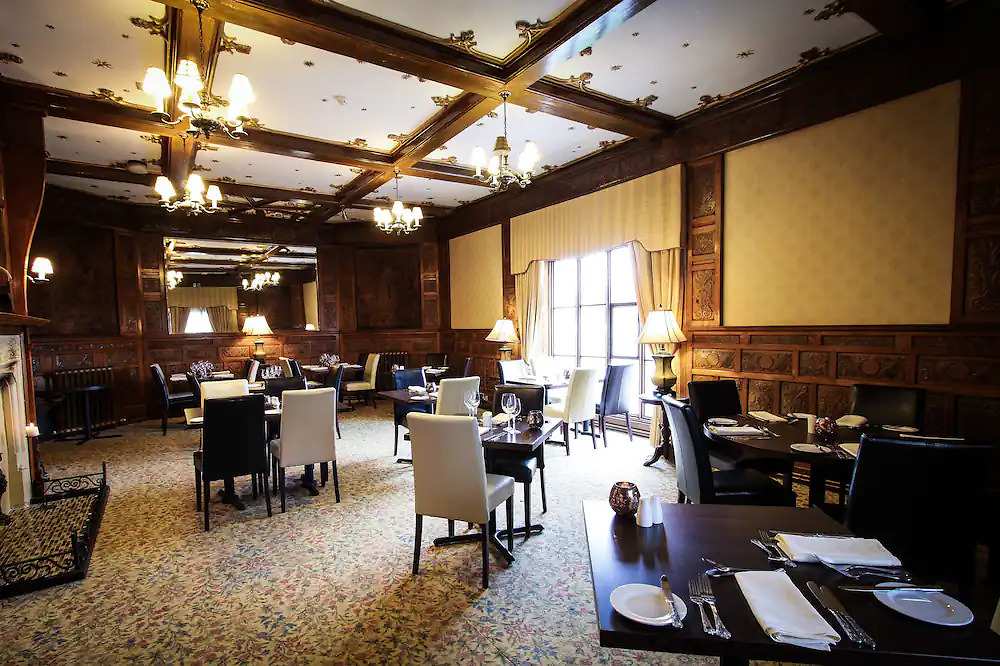
The ceiling can now be seen at the Star Chamber restaurant at Leasowe Castle. It is apparently the perfect venue to enjoy Afternoon Tea, which looks very nice at £14.95 per person.5
References
- https://ordsallhall.com/explore/the-building/
- https://en.wikipedia.org/wiki/Ordsall_Hall
- https://voyagerofhistory.wordpress.com/2020/08/10/the-star-chamber-at-bolsover-castle/
- http://www.luminarium.org/encyclopedia/starchamber.htm
- http://leasowecastle.com/wp-content/uploads/2019/08/LC-Afternoon-Tea-menu-WEB.pdf

